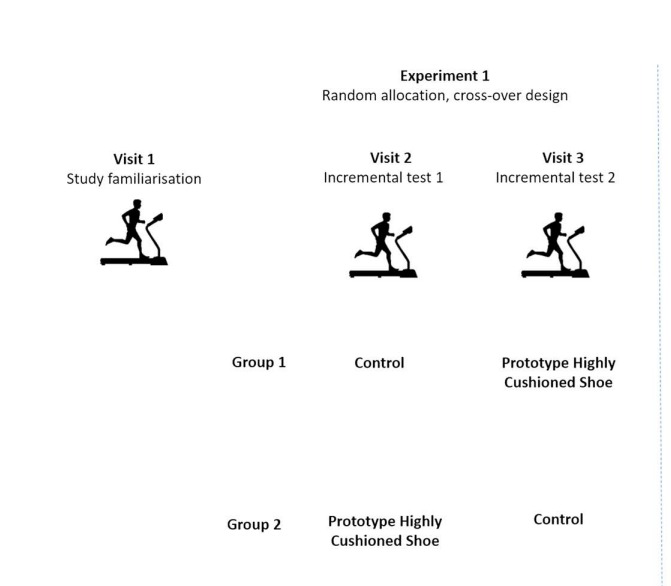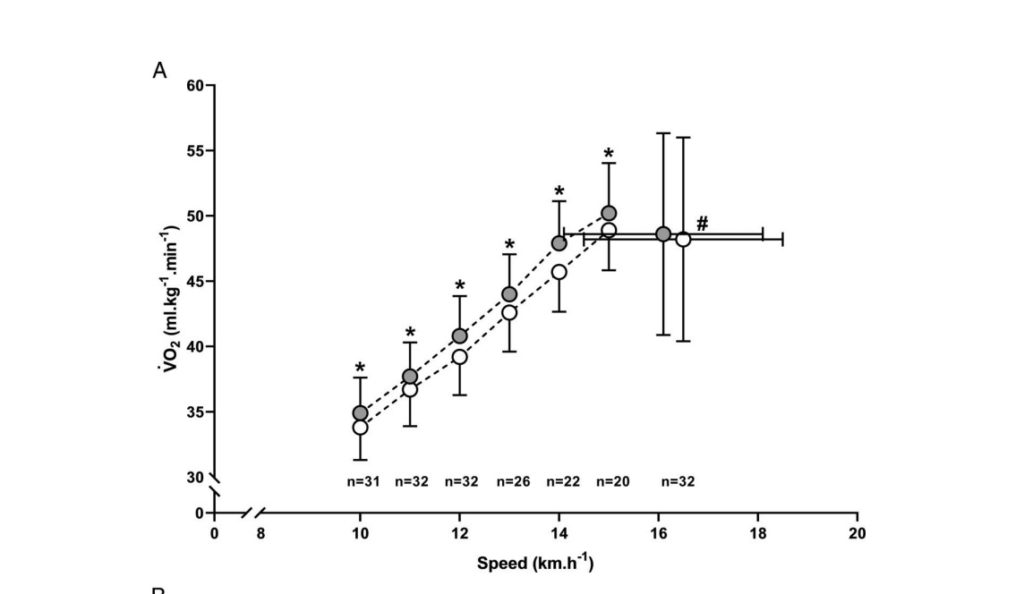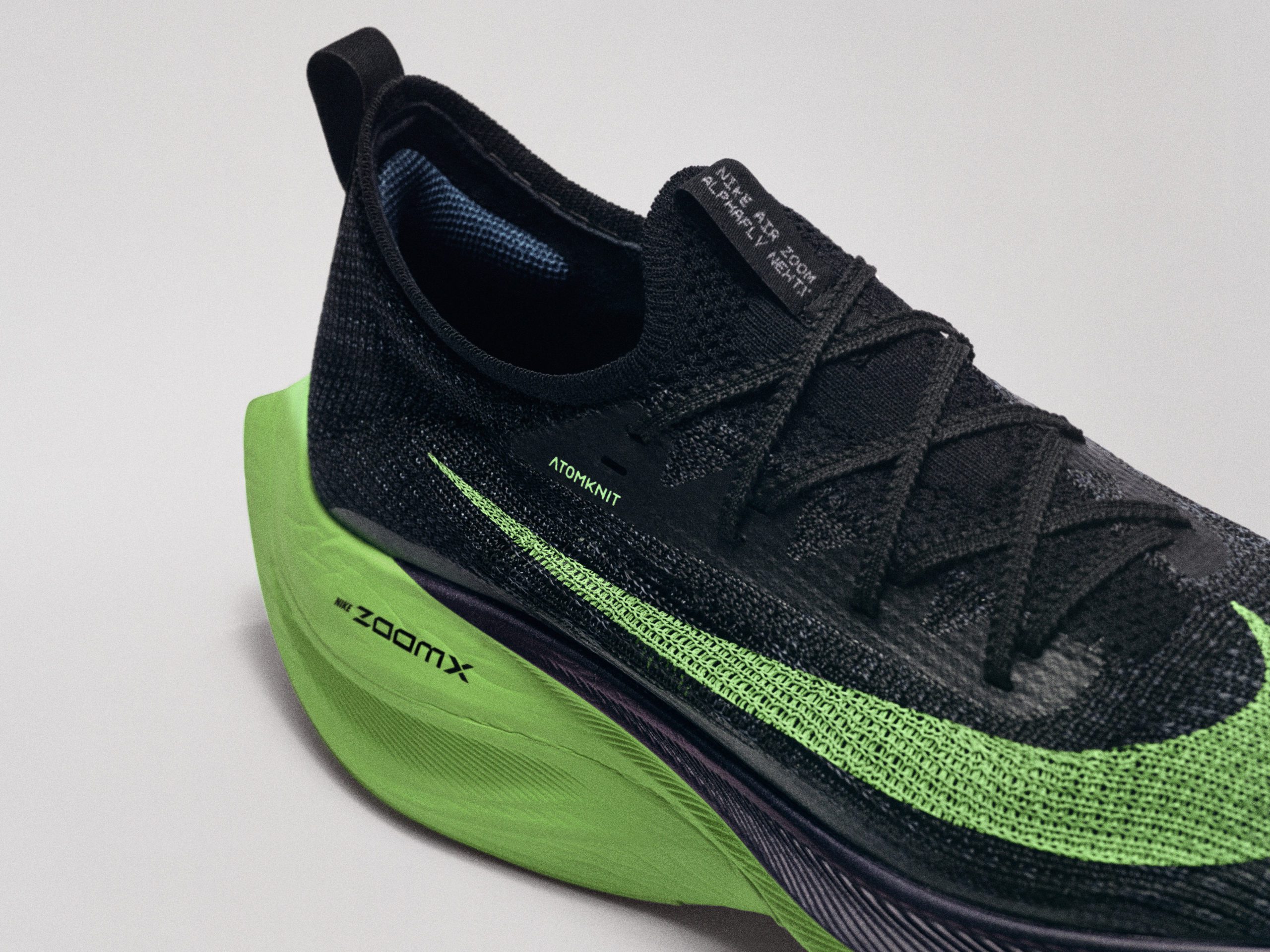Some brands have revolutionized the shoe market over the past 10 years by designing shoes with a higher stack height to improve recovery. There have always been polarized opinions on whether high-cushioned shoes have performance benefits. A new study from the University of Exeter in the UK and the Nike Global Sport Research Laboratory measured running economy and overall performance between two different shoe prototypes – a medium-cushioned model (273 grams) compared to a high cushioning model (232 grams) during an incremental running test – and found performance benefits for the more cushioned shoe.
The study was conducted on 32 runners (22 men and 10 women) wearing each type of shoe. Each participant performed an incremental treadmill test in a high cushioning shoe and a medium cushioning shoe. Their oxygen cost and peak performance were measured before and after a 30-minute descent in each model. Forty-eight hours after the descent, the runners had to perform the test again, to measure long-term muscle damage.

The researchers found that running economy was 5.7% better in the highly cushioned shoe than in the medium-cushioned model, which equated to about one minute and 15 seconds over a 30-minute run. As the runners handled higher speeds, the higher-cushioned model was able to handle each speed increment at a lower VO2 level compared to the medium-cushioned model.

They also found that oxygen cost in the presence of muscle damage was significantly lower in a higher cushioned shoe, and there was 4.6% less muscle damage when descending in the shoes. higher padding.
These results indicate that a shoe with high cushioning can not only improve your recovery, but also your performance in the absence of muscle damage.
The shoes that were tested were from Nike, but the specific models were not named in the study.

